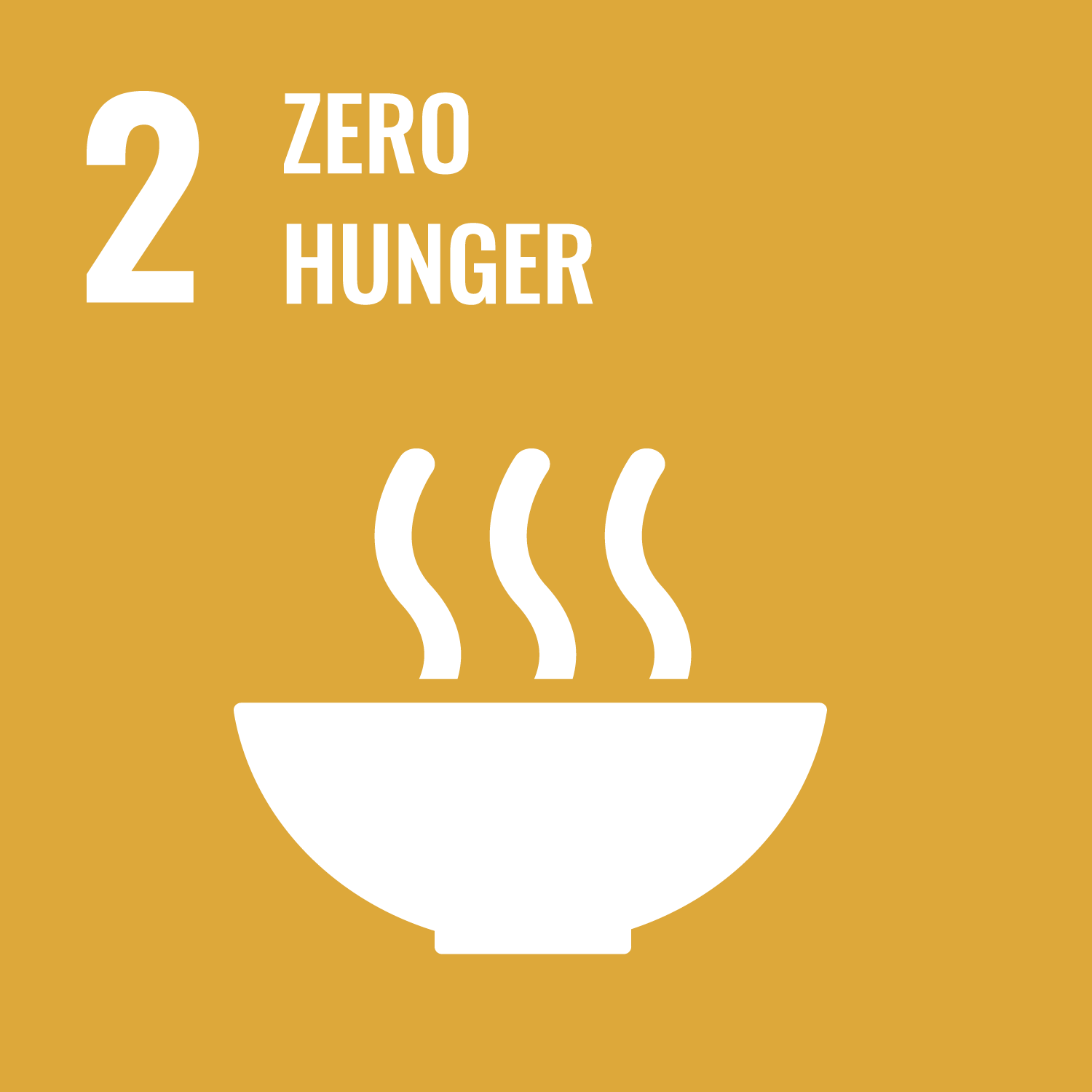Rotundo, J.L., Marshall, R., McCormick, R. et al. (22 more authors) (2024) European soybean to benefit people and the environment. Scientific Reports, 14. 7612. ISSN 2045-2322
Abstract
Europe imports large amounts of soybean that are predominantly used for livestock feed, mainly sourced from Brazil, USA and Argentina. In addition, the demand for GM-free soybean for human consumption is project to increase. Soybean has higher protein quality and digestibility than other legumes, along with high concentrations of isoflavones, phytosterols and minerals that enhance the nutritional value as a human food ingredient. Here, we examine the potential to increase soybean production across Europe for livestock feed and direct human consumption, and review possible effects on the environment and human health. Simulations and field data indicate rainfed soybean yields of 3.1 ± 1.2 t ha−1 from southern UK through to southern Europe (compared to a 3.5 t ha−1 average from North America). Drought-prone southern regions and cooler northern regions require breeding to incorporate stress-tolerance traits. Literature synthesized in this work evidenced soybean properties important to human nutrition, health, and traits related to food processing compared to alternative protein sources. While acknowledging the uncertainties inherent in any modelling exercise, our findings suggest that further integrating soybean into European agriculture could reduce GHG emissions by 37–291 Mt CO2e year−1 and fertiliser N use by 0.6–1.2 Mt year−1, concurrently improving human health and nutrition.
Metadata
| Item Type: | Article |
|---|---|
| Authors/Creators: |
|
| Copyright, Publisher and Additional Information: | © The Author(s) 2024. This article is licensed under a Creative Commons Attribution 4.0 International License, which permits use, sharing, adaptation, distribution and reproduction in any medium or format, as long as you give appropriate credit to the original author(s) and the source, provide a link to the Creative Commons licence, and indicate if changes were made. The images or other third party material in this article are included in the article's Creative Commons licence, unless indicated otherwise in a credit line to the material. If material is not included in the article's Creative Commons licence and your intended use is not permitted by statutory regulation or exceeds the permitted use, you will need to obtain permission directly from the copyright holder. To view a copy of this licence, visit http://creativecommons.org/licenses/by/4.0/. |
| Keywords: | Humans; Glycine max; Plant Breeding; Fabaceae; Agriculture; Europe |
| Dates: |
|
| Institution: | The University of Sheffield |
| Academic Units: | The University of Sheffield > Faculty of Science (Sheffield) > Department of Psychology (Sheffield) |
| Depositing User: | Symplectic Sheffield |
| Date Deposited: | 08 Aug 2024 12:57 |
| Last Modified: | 08 Aug 2024 12:57 |
| Published Version: | http://dx.doi.org/10.1038/s41598-024-57522-z |
| Status: | Published |
| Publisher: | Springer Science and Business Media LLC |
| Refereed: | Yes |
| Identification Number: | 10.1038/s41598-024-57522-z |
| Related URLs: | |
| Sustainable Development Goals: | |
| Open Archives Initiative ID (OAI ID): | oai:eprints.whiterose.ac.uk:215571 |
Download
Filename: European soybean to benefit people and the environment.pdf
Licence: CC-BY 4.0


 CORE (COnnecting REpositories)
CORE (COnnecting REpositories) CORE (COnnecting REpositories)
CORE (COnnecting REpositories)